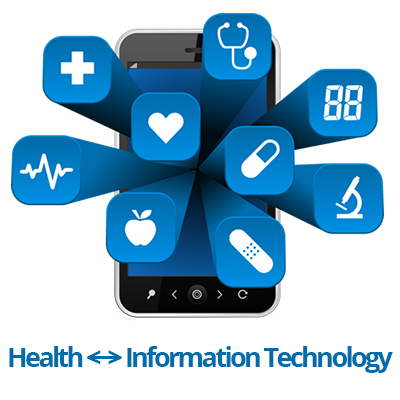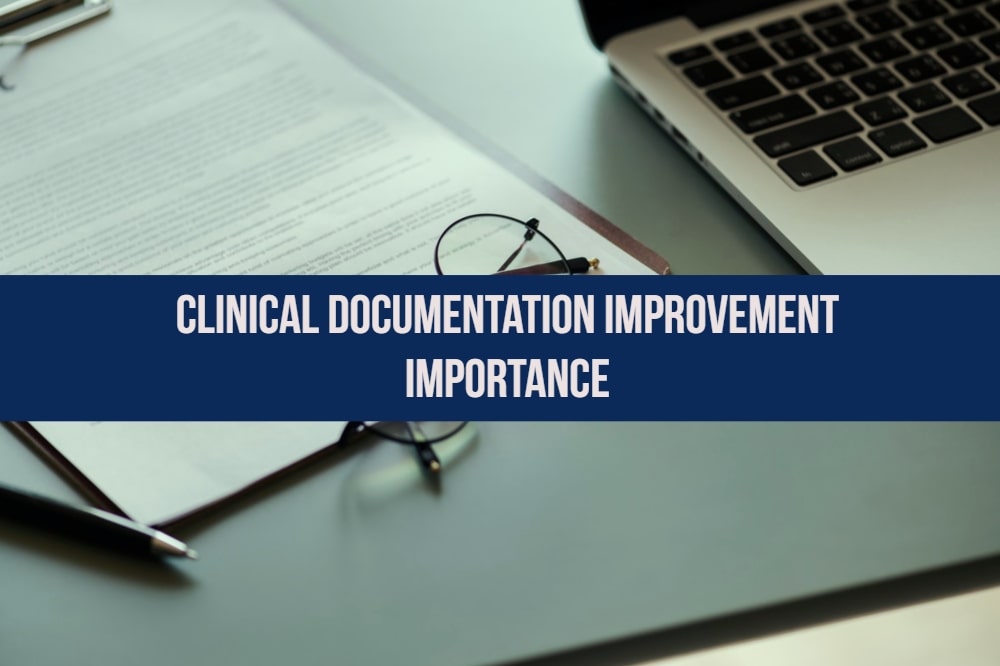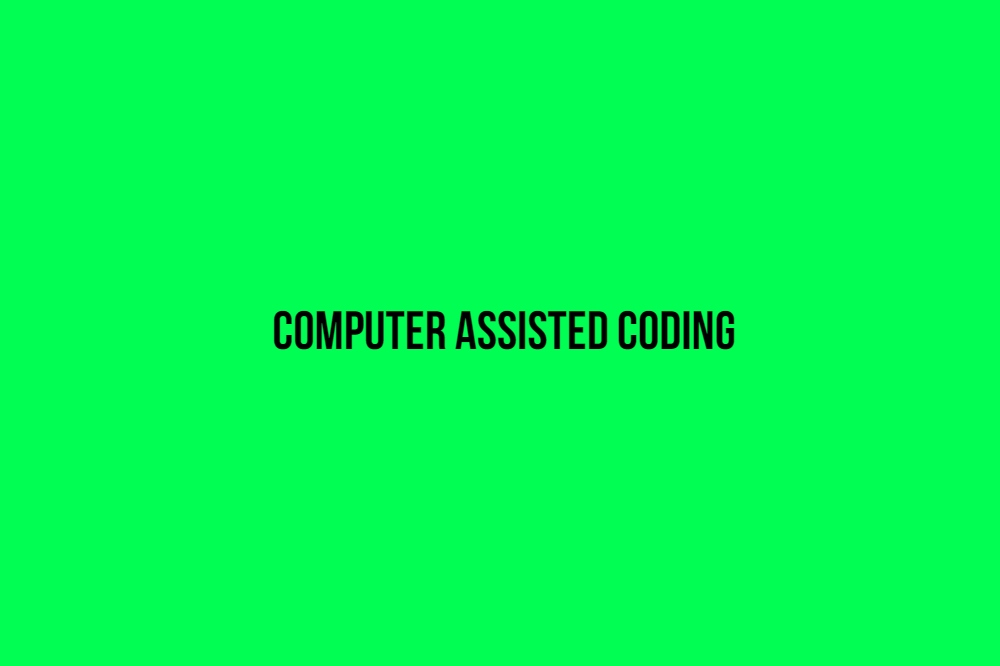Since the beginning of time, communication has been the most important factor in human relationships. In time, the way we communicate has evolved and today, technology plays a huge role in our communication with each other. Communication between patients and providers is gaining importance in the healthcare industry. Good communication with your patients will result in them following your advice, while making it easier for you to follow up post their visit to your clinic. However, creating and maintaining a genuine connection with your patients and ensuring that they follow your advice in taking necessary care of themselves outside your clinic can be a challenge.
Most people today engage with technology to track and find out about their own health issues – the wide array of nutrition, diet, exercise websites and software applications are testimony to that. So, what are the various technology methods that can be utilized to increase patient-provider interaction? Given below are some of the methods that are already available and user-friendly for both patients and providers.
Patient portals
One of the most common ways to increase engagement with patients is through the use of the patient portals on the EHR systems. The patients immediately become party to their healthcare once they have access to their personal health information. However, healthcare providers should remember to seek out the most effective features of an EHR patient portal, as information that is too prescriptive or similar to box checking could put off a patient. It is also important that healthcare providers take the time to explain what they are documenting as this will go a long way in keeping the patient involved in the process. Using the EHR, providers can offer their patients complete and accurate information about their medical evaluations, along with manage appointments and follow ups electronically. Quick communication between them can help providers identify symptoms earlier and inform patients what to do till they arrive at the clinic.
Promote connected PHR
The PHR (personal health record) is an electronic application that a patient uses to maintain and manage their own health information. Providers should promote the use of connected or tethered PHRs that is linked to the EHR system in the healthcare centre. Patients can access information regarding their health care through a secure portal. While allowing patients to check on their healthcare history, it will also allow providers to follow up with the patients and remind them of upcoming check-ups.
Secure direct messaging
Using secure direct messages or secure emails is a great way to engage with patients. Following up with the patients after their visit, checking on them periodically, keeping track and reminding them of future tests or visits, an email or message will help influence the quality of care the patient receives. Engage with the patient even before they physically visit your premises – this can be done by offering online check-in. Allow them to check lab/test reports without having to come to the clinic. All these help develop relationships and encourages interaction between the patient and the provider.
Maximize mobile and wearable technology use
Smartphones have changed the way in which we interact with the rest of the world. Using this technology to its fullest, providers should bring in mobile applications for patient-provider interaction. Providers using the mobile space are finding themselves more in demand that those who are still stuck with computer based portals. Another technology which can close the gap in patient-provider engagement is wearable technology – the fitness band for example. Providers having access to data collected on a wearable device can be better informed about the patient’s overall health. The wearable device actually becomes an assistant to the healthcare provider by delivering accurate data about the patient. One important factor that these wearable devices could make a difference to – it will help the providers predict health issues and arrive at a better diagnosis.



